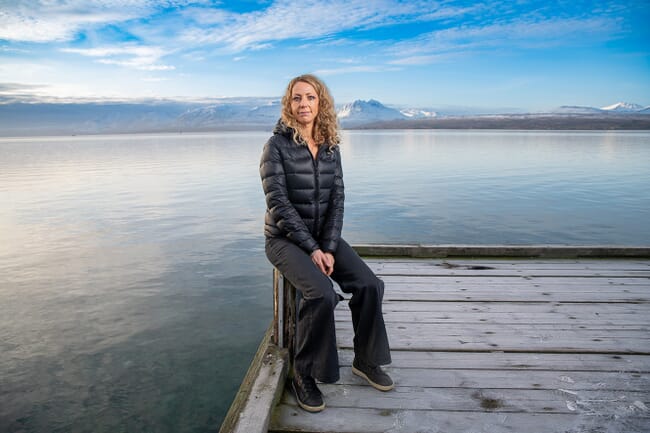
© Nofima
Nofima, the Norwegian Food research institute, has just published a paper looking at the performance of cod in temperatures projected for 2030 by the Intergovernmental Panel on Climate Change (IPCC).
Elisabeth Ytteborg, senior scientist at Nofima stated in a press release: “We look at the climate crisis under a microscope, because the details are important when implementing fish farming measures while temperatures are rising.”
In the latest study, Ytteborg has taken the UN’s climate projections of temperatures and scaled them down to site level. The scientists chose a facility located at Dønna, in Nordland County in the north of Norway, for its comprehensive data on cod farming and the environment.
Impacts of projected temperatures on cod
This particular study looked into the impact of temperature on cod health, and survivability when co-infected with Fransicella bacterium.
Previous research has demonstrated that cod prefer temperatures between 8 and 13 degrees, however, by 2030, the facility at Dønna may experience temperatures above 17 degrees. They therefore studied the effect temperature had on cod skin at 12 and 17 degrees.
The results of the study revealed that temperature has much more of an effect on barrier tissue functionality compared to infection with Fransicella bacteria.
At higher temperatures, cod suffered damage between the cells that bind the skin together. These skin bonds seem to affect the fish’s ability to heal wounds, and damage to them increases susceptibility in the presence of multiple stressors.
In other words, the cod’s barrier system is weaker if it faces a challenge in addition to increased temperature.
Farm planning is vital
Elisabeth Ytteborg said: “The impact of high temperatures and how to deal with them will play a more important role in the future in line with climate change. How much the fish can tolerate will be important in finding good measures to safeguard fish health if the water becomes too hot.”
She also noted that there are currently several cod farms further south in Norway than where the study was performed, which can expect higher temperatures.
The authors highlight that increasing temperatures must be considered when planning fish farming in Norway.
“We are releasing a publication on diversification where we look at 36 different species and their temperature tolerance in relation to climate change. If Norway is going to have a longer-term diversification plan, one should definitely focus on temperature.”
The research is financed by Troms and Finnmark county authorities in Norway.



